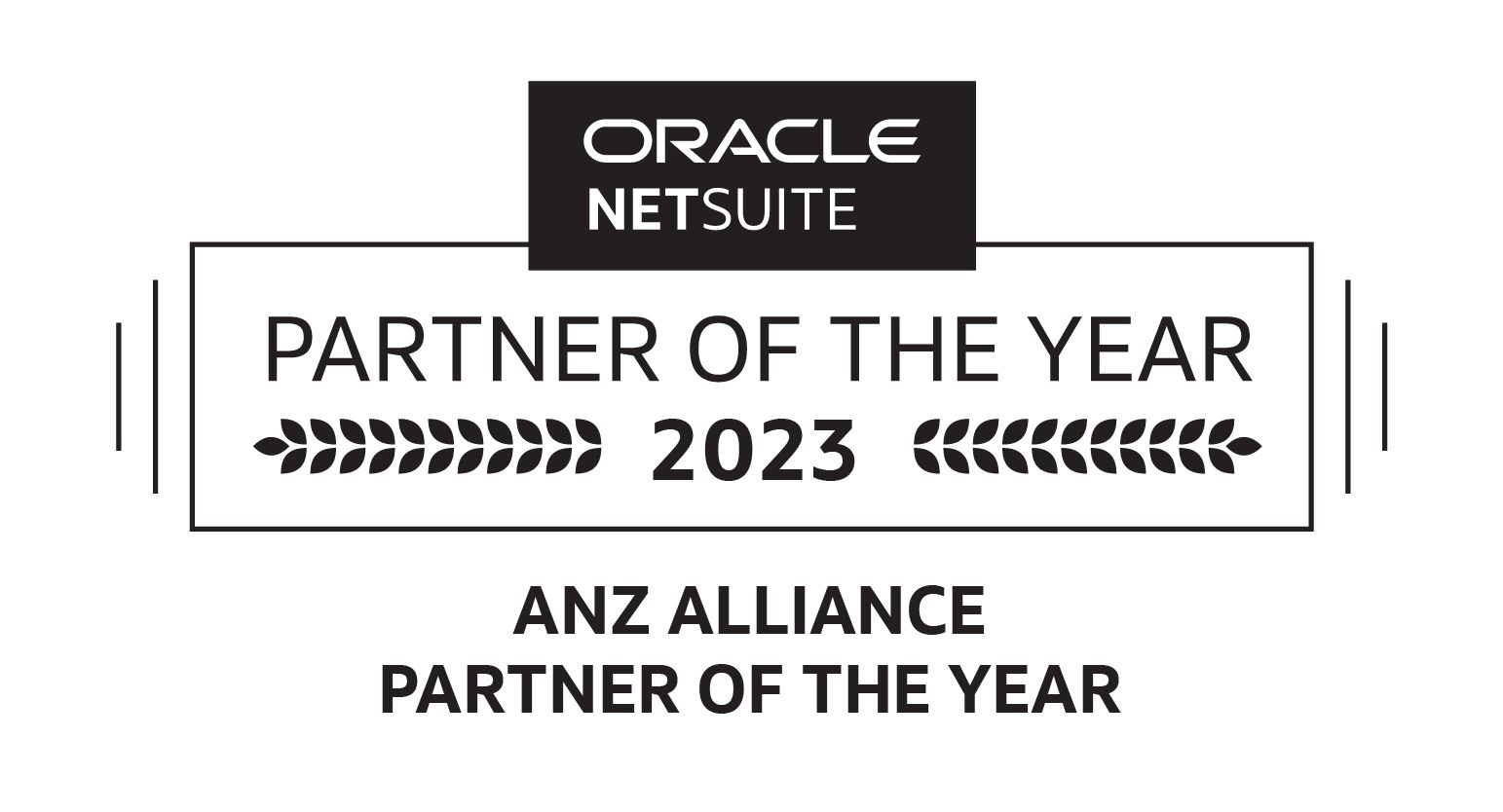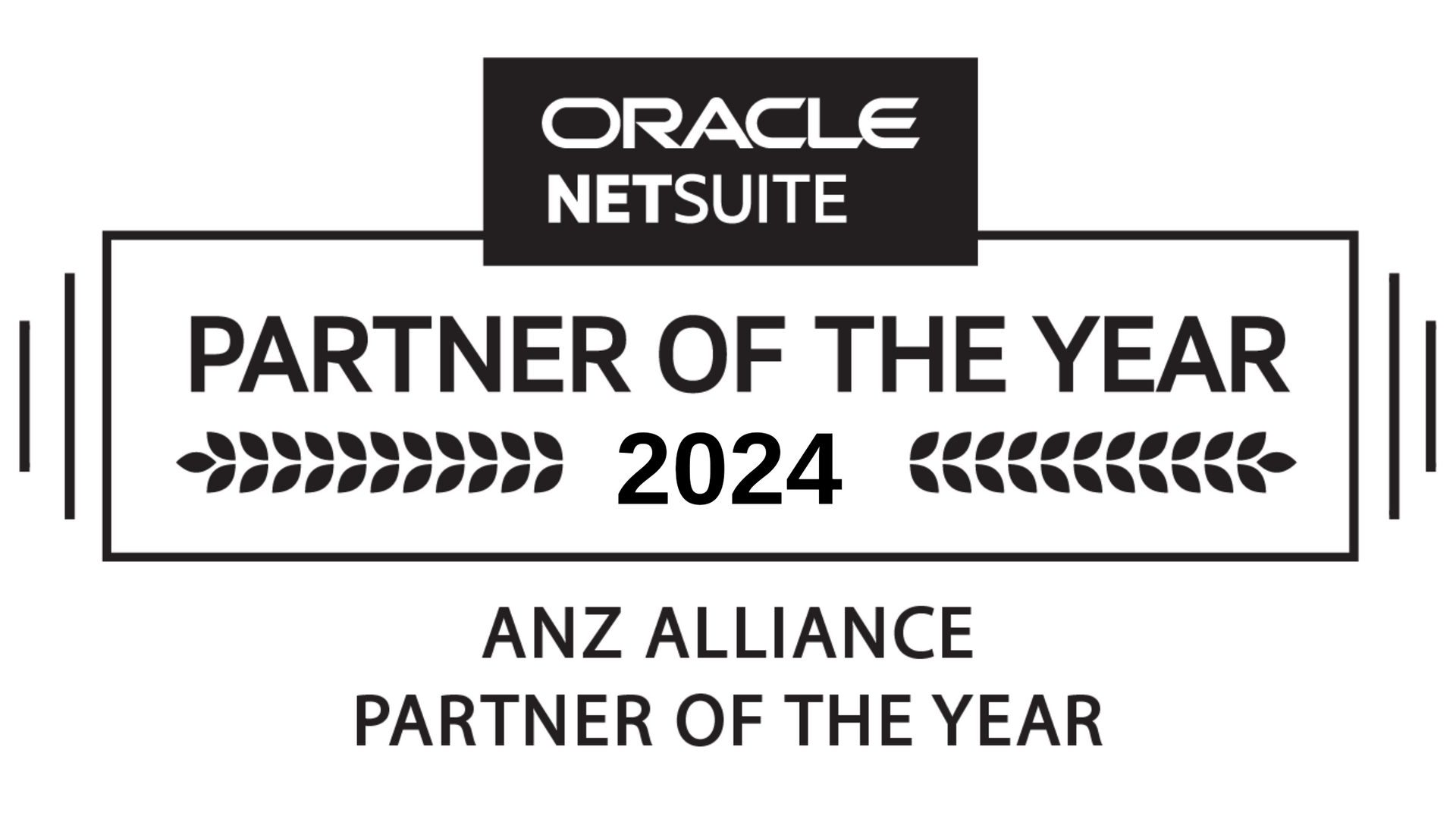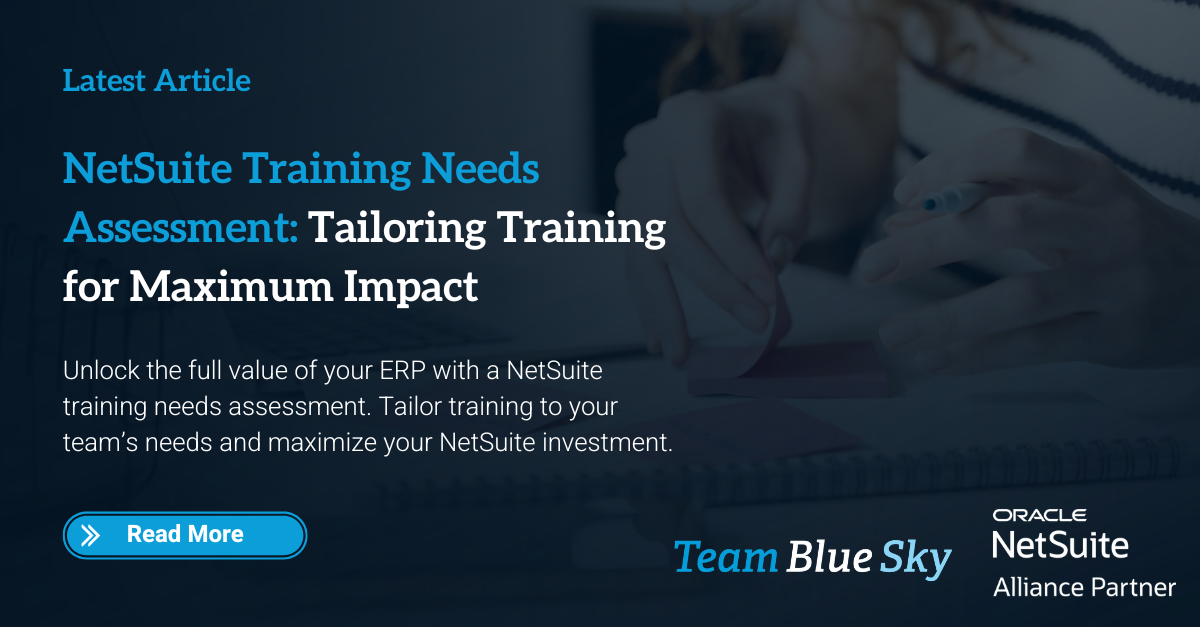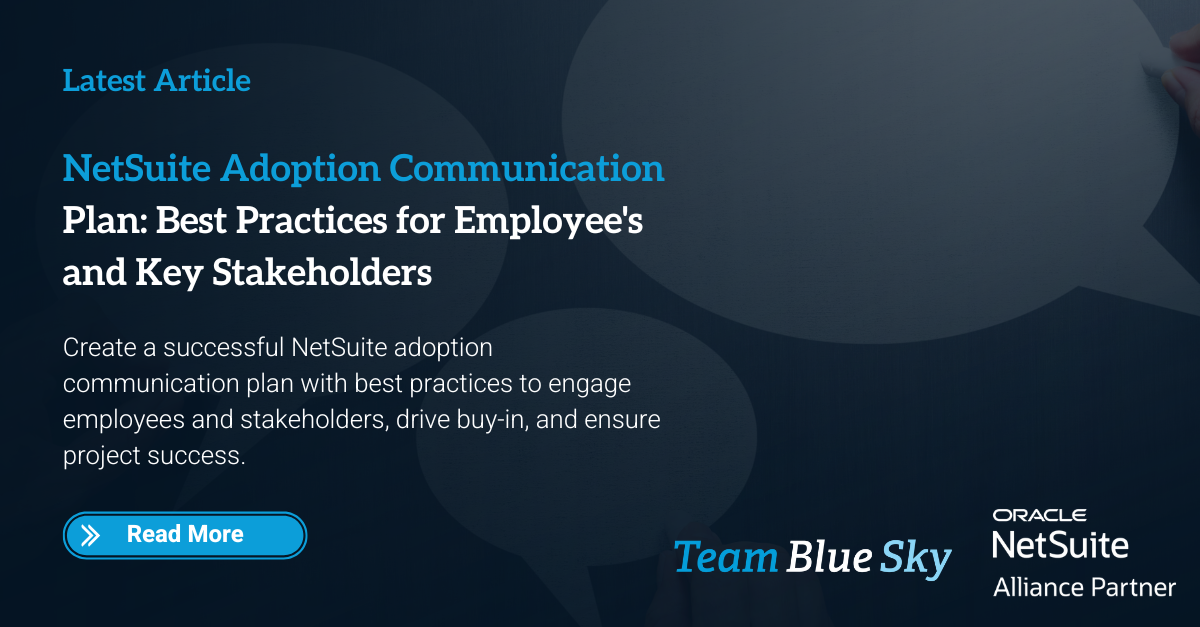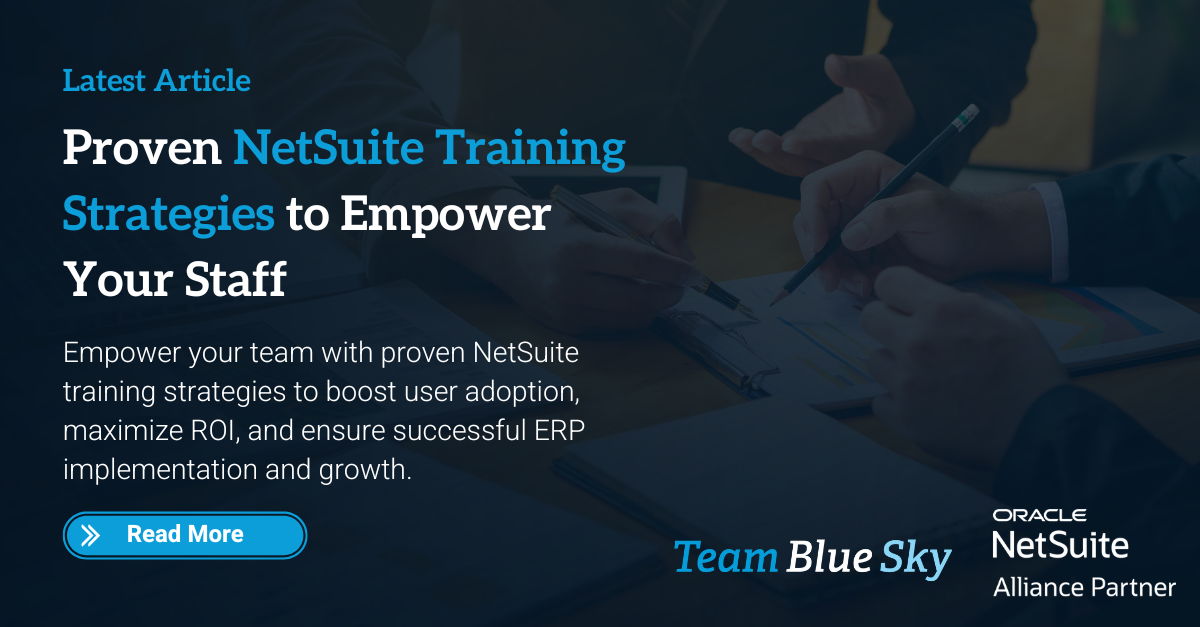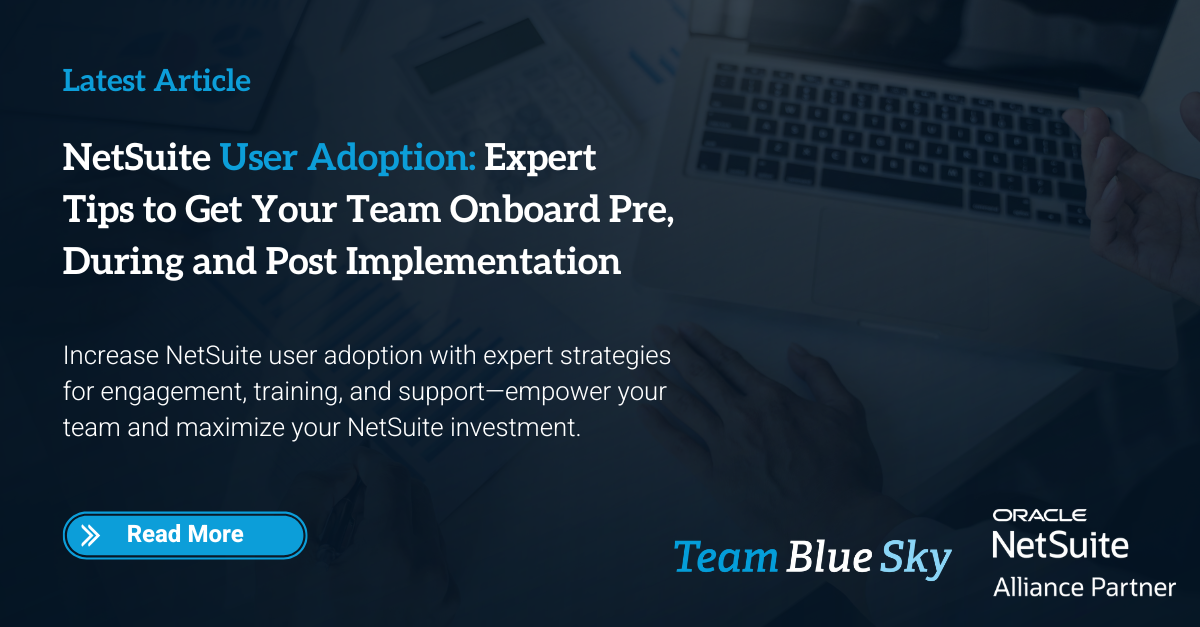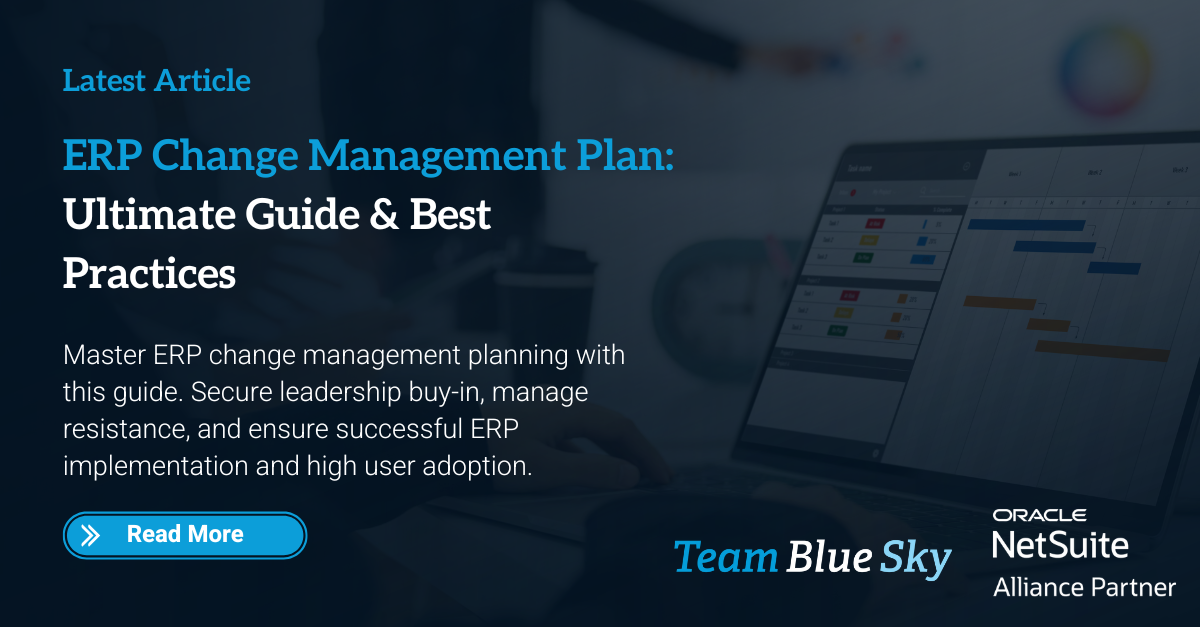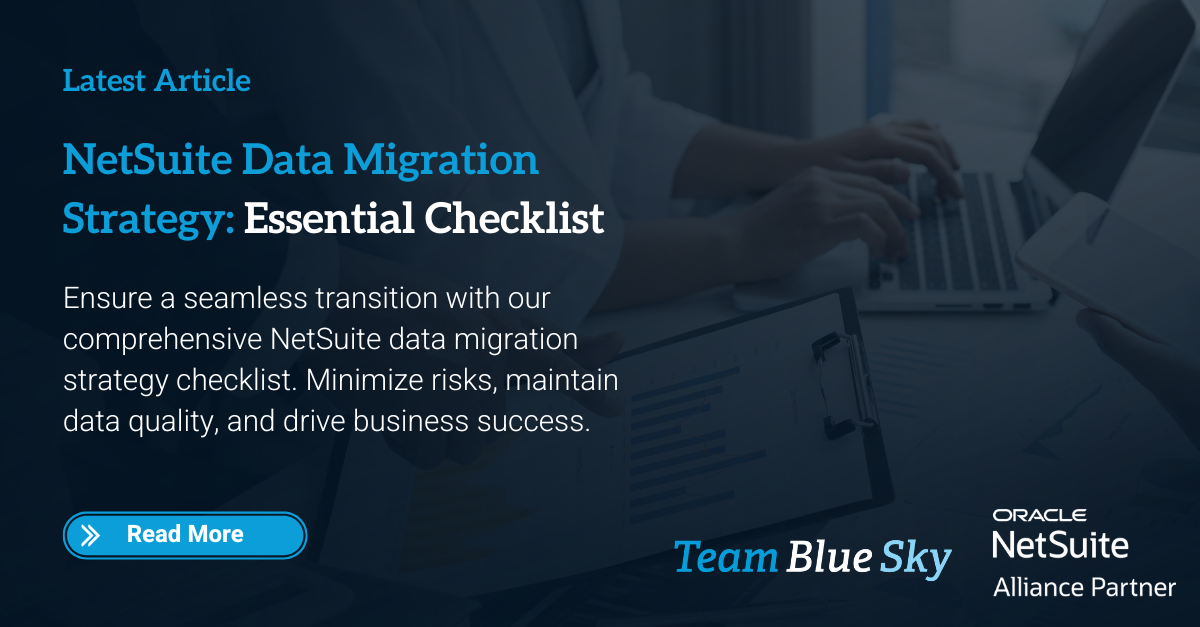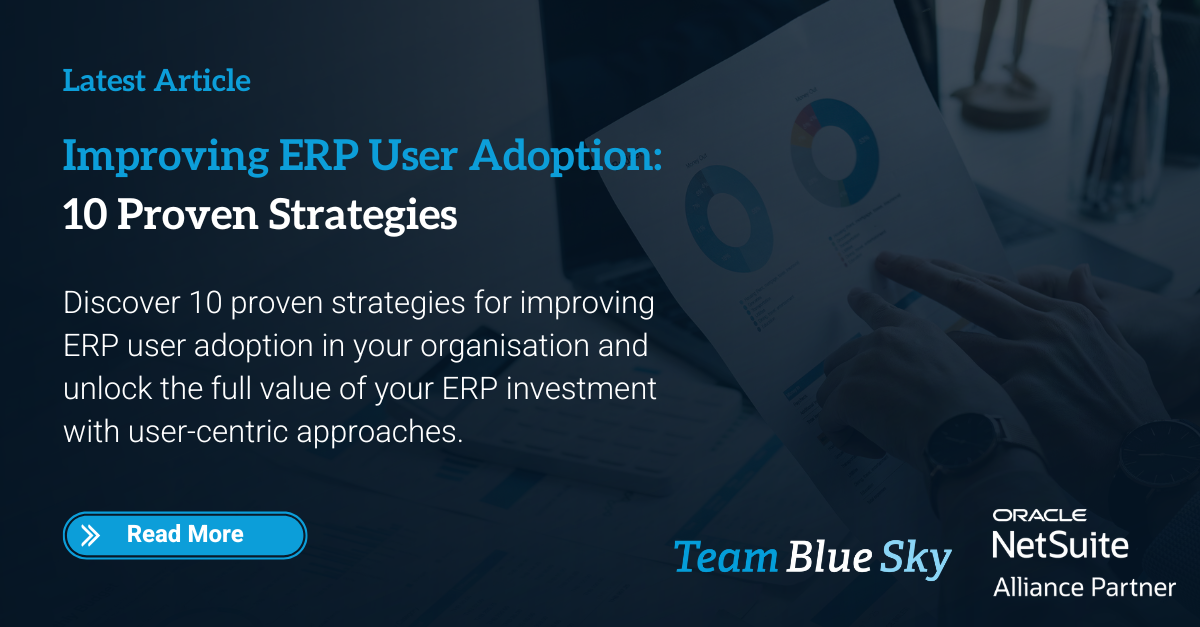IT-Business Alignment: Why Technology-First Strategies Will Define the Next Decade
As organisations strive to navigate digital transformation, the integration of technology-first strategies is becoming increasingly essential. This article delves into the significance of IT-business alignment, exploring how technology-first approaches will shape the future of business. By the end, you will gain a comprehensive understanding of the concepts, practical insights for implementation, and a vision of how these strategies can drive innovation and growth.
Understanding IT-Business Alignment
The Concept Defined
IT-business alignment refers to the strategic integration of information technology (IT) with business objectives. This alignment ensures that technology initiatives support and enhance business goals, fostering synergy between departments. In a world where technology is omnipresent, achieving this alignment is critical for organisations seeking to maintain competitiveness.
The Importance of Alignment
A study by Gartner revealed that organisations with strong IT-business alignment are 20% more likely to achieve their strategic goals. This alignment facilitates efficient resource allocation, improves decision-making, and enhances agility, allowing companies to respond swiftly to market changes.
The Role of Technology-First Strategies
Defining Technology-First Strategies
Technology-first strategies prioritise the integration of advanced technologies into every facet of business operations. This approach emphasises leveraging digital tools, data analytics, and innovative solutions to drive efficiency, improve customer experiences, and foster innovation.
The Shift Toward Technology-First Approaches
As businesses face increasing pressures from digital competitors and evolving customer expectations, technology-first strategies are no longer optional; they are essential. Companies like
Amazon and
Netflix exemplify this shift, utilising technology not just as a support function but as a core element of their business models.
Digital Transformation: The Catalyst for Change
Digital transformation, a groundbreaking concept revolutionising modern businesses, involves the seamless integration of digital technologies into every facet of an organisation. It extends beyond the mere adoption of cutting-edge tools and platforms; it necessitates a fundamental shift in mindset, culture, and operational processes.
At its core, digital transformation aims to leverage technology's transformative power to create new opportunities for growth, enhance operational efficiency,
streamline processes, and deliver unparalleled value to customers.
Digital transformation enables businesses to leverage data-driven insights to make informed decisions. Through the analysis of large volumes of structured and unstructured data, organisations can identify trends, predict customer behaviour, and optimise their operations.
Embracing digital transformation requires a cultural shift within organisations. It necessitates a willingness to experiment, an appetite for innovation, and a focus on
continuous improvement. Organisations that successfully navigate this transformation will set themselves apart from the competition and position themselves for long-term success in the digital age.
The Impact of Digital Transformation on IT-Business Alignment
Digital transformation initiatives often serve as a catalyst for enhancing IT-business alignment. By aligning technology initiatives with business strategy, organisations can better navigate the complexities of transformation. For example, during its digital transformation, Domino's Pizza redefined its IT strategy to focus on enhancing customer engagement through digital ordering platforms, resulting in substantial revenue growth.
Strategic IT Planning for the Future
Strategic IT planning involves creating a roadmap that aligns IT initiatives with business objectives. This proactive approach helps organisations anticipate future technological trends and prepare for upcoming challenges.
Stakeholder Involvement
Collaborate with key stakeholders from all relevant departments, including technology leaders, business unit representatives, and end-users. Regularly facilitate workshops, meetings, and surveys to gather input and insights. Ensure that technology strategies align with core goals, business priorities, and customer needs.
Assessment of Current Capabilities
Conduct a comprehensive review of existing IT infrastructure, systems, processes, and skills. Identify strengths, weaknesses, gaps, and opportunities for improvement. Utilise data analytics tools to analyse usage patterns, performance metrics, and user feedback. Continuously monitor and assess IT capabilities to stay up-to-date with industry trends.
Agility and Flexibility
Develop strategies that are adaptable and can pivot quickly in response to changing market conditions, technological advancements, and regulatory requirements. Foster a culture of innovation and experimentation to encourage the exploration of new ideas and solutions. Implement agile development methodologies to enable rapid iteration and delivery of technology solutions. Regularly review and update technology strategies to ensure they remain relevant and effective.
Real-World Example: Procter & Gamble
Procter & Gamble (P&G) has successfully implemented strategic IT planning to drive innovation and efficiency. By aligning its IT initiatives with business goals, P&G has utilised data analytics to enhance product development, streamline supply chains, and improve customer engagement, resulting in significant competitive advantages.
Emerging Trends in IT-Business Alignment
The Rise of Artificial Intelligence and Automation
Artificial intelligence (AI) and automation are transforming how businesses operate. These technologies enable organisations to streamline processes, enhance decision-making, and improve customer interactions. As AI continues to evolve, aligning IT strategies with AI initiatives will be crucial for maximising its potential.
Overcoming Challenges in IT-Business Alignment
Despite the undeniable advantages of aligning IT with business objectives, business leaders often encounter obstacles that hinder the seamless integration of these two critical functions. Understanding these challenges is essential for developing effective strategies to overcome them and achieve successful IT-business alignment.
Siloed Departments
One of the most common challenges is the existence of siloed departments within an organisation. IT and business units often operate independently, leading to a lack of communication and collaboration. This siloed approach hinders the alignment of IT initiatives with business goals. To address this challenge, companies need to promote cross-functional collaboration and encourage open communication between IT and business leaders. This can be achieved through regular meetings, joint workshops, and the creation of interdisciplinary teams.
Resistance to Change
Another obstacle is the resistance to change among employees. Resistance can stem from a fear of the unknown, a lack of understanding of the benefits of new technologies, or a natural aversion to disruption. This resistance can create friction in alignment efforts, as employees may be reluctant to adopt new technologies or processes. To overcome this challenge, businesses must provide comprehensive training and support to help employees adapt to the changes. Clear communication about the rationale behind IT initiatives and their potential benefits can also help alleviate concerns and build buy-in.
Limited Resources
Budget constraints pose a significant challenge for many companies looking to align IT with their business goals. Implementing comprehensive IT initiatives can require substantial financial investments, which may not always be readily available. This limited resource availability can restrict the scope and scale of IT projects, making it difficult to fully realise the benefits of alignment. To address this challenge, organisations need to prioritise IT investments based on their strategic importance and potential return on investment. They should also explore cost-effective solutions, such as cloud computing and open-source software, to make the most of their limited resources.
Overcoming these challenges requires a concerted effort from both IT and business leaders. It involves fostering a culture of collaboration, promoting open communication, and providing the necessary support and resources. By addressing these obstacles head-on, organisations can create an environment where IT and business work together seamlessly, driving innovation, improving efficiency, and achieving sustainable growth.
Strategies for Overcoming Challenges
Foster a Collaborative Culture: Encourage cross-functional teams to work together on technology initiatives, breaking down silos and promoting knowledge sharing.
Invest in Change Management: Implement change management strategies to address resistance and facilitate smoother transitions to new technologies.
Allocate Resources Wisely: Prioritise IT investments that align with strategic business goals, ensuring that resources are directed where they can have the greatest impact.
Preparing for Tomorrow
To stay ahead in this rapidly changing landscape, organisations must remain vigilant in aligning their IT strategies with business objectives. Embracing a culture of continuous improvement and innovation will be essential for future success.
Final Thoughts
The alignment of IT and business strategies is crucial for navigating the complexities of digital transformation and leveraging technology to drive growth. By adopting technology-first strategies, organisations can enhance their adaptability, improve operational efficiency, and deliver exceptional customer experiences. As we look ahead, integrating technology into every aspect of business will define the next decade.
Key Takeaways
- IT-business alignment is essential for achieving strategic goals and enhancing competitiveness.
- Technology-first strategies prioritise the integration of advanced technologies into business operations.
- Digital transformation serves as a catalyst for aligning IT initiatives with business objectives.
- Strategic IT planning is crucial for preparing organisations for future technological challenges.
Next Steps
To begin enhancing your organisation’s IT-business alignment, assess current practices and identify areas for improvement. Engage stakeholders across departments, prioritise strategic IT investments, and foster a culture of collaboration.
By taking these steps, your organisation can better position itself to thrive in the technology-driven future. Explore additional resources on digital transformation and strategic IT planning to deepen your understanding and application of these critical concepts.
By embracing the power of IT-business alignment, you set the foundation for sustained growth and innovation in the ever-evolving business world.

Henry Sack
General Manager

With over 12 years of experience as a NetSuite implementation consultant, Henry Sack leads TeamBlueSky’s team of NetSuite and accounting experts in his role of General Manager.
TeamBlueSky is a leading Australian
NetSuite Alliance Partner whose mission is to provide critical
NetSuite BPO and
Payroll services to NetSuite clients who are wanting to simplify their
back office processes and partner with a leading
NetSuite administration expert.
TeamBlueSky have also partnered with global Suite Developer Network partners to offer local solutioning, implementation and support services for global NetSuite SuiteApps.


